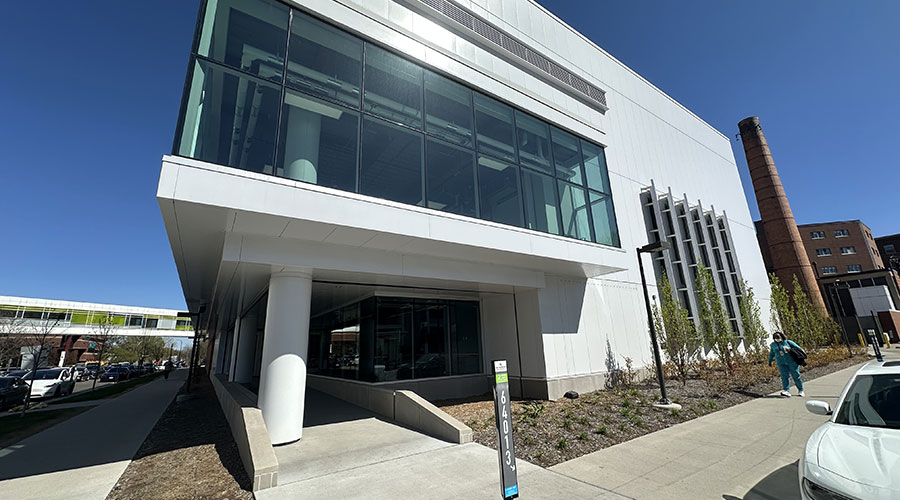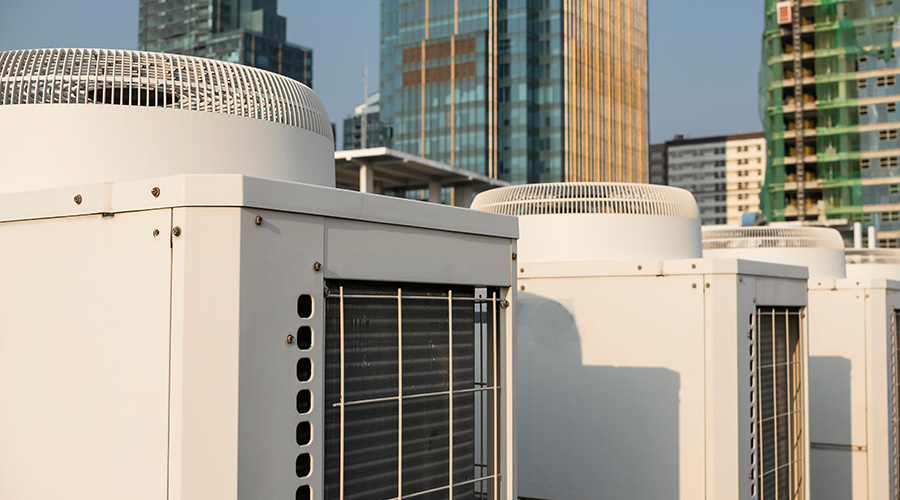EPA Settles with Railroad on Disposal of Fluorescent Lamps
The Long Island Railroad has settled a complaint by the U.S. Environmental Protection Agency over disposal of fluorescent lamps by paying a penalty of $43,875
The Long Island Railroad has settled a complaint by the U.S. Environmental Protection Agency (EPA) over disposal of fluorescent lamps by paying a penalty of $43,875.
Based on an inspection of the Hillside Maintenance Facility in Hollis, N.Y., last year and other information received from the railroad, the EPA found violations in disposing of fluorescent light bulbs as regular garbage at three facilities.
In addition to the Hillside facility, the EPA also identified Richmond Hill Sheridan Shop in Richmond Hill, N.Y., and West Side Storage Yard in New York City.
The railroad estimates it generated nearly 260,000 spent fluorescent light bulbs from 2003 to 2005. In July 2005, the railroad determined its spent bulbs were wastes that needed special handling in accordance with EPA rules.
Then it immediately put a program in place to recycle and properly manage its spent bulbs and now complies with all EPA rules on the proper handling of spent fluorescent bulbs.
“Fluorescent lights are super-efficient — up to 80 percent more (efficient) than incandescent bulbs — which is great for the environment, but they do have to be handled properly once they burn out,” says Alan J. Steinberg, EPA’s regional administrator.
Available recycling systems can capture up to 99 percent of the mercury in fluorescent lamps, according to the EPA, and the mercury can be reused in new bulbs. Other types of lamps — including high-intensity discharge, neon, mercury vapor, high-pressure sodium, compact fluorescent, and metal-halide — also can contain mercury, lead, and cadmium.
EPA rules do not cover the disposal of certain low-mercury and green-tip fluorescent bulbs. But agency regulations require businesses, industry and government to handle spent, non-green-tip mercury and other toxic, metal-containing lamps as hazardous waste or under the simpler universal waste rules to prevent the release of mercury and other toxins into the environment.
The universal waste regulations streamline collection requirements for certain hazardous wastes in the following categories: batteries; pesticides; mercury-containing equipment such as thermostats; and lamps. The EPA recommends users recycle even green-tip spent bulbs because they contain less, but some, mercury. But some states have stricter requirements and might require users to handle even green-tip spent bulbs as hazardous waste.
For more information about federal rules for proper disposal of mercury and other toxic, metal-containing bulbs, visit http://www.epa.gov/region02/waste/spent-lamp.pdf.
Related Topics:











